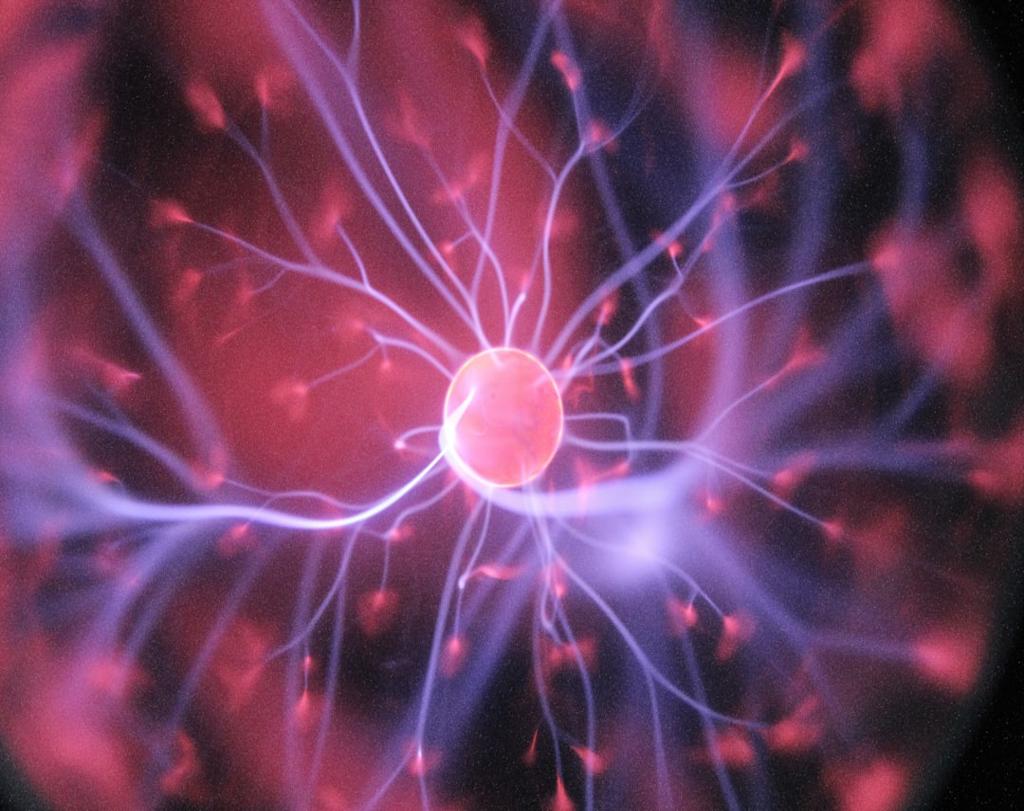Unlock Ocean’s Ultimate Energy Secret
Unlock Ocean’s Ultimate Energy Secret
Energy, in its many forms, is the lifeblood of our planet. It powers our homes, fuels our vehicles, and drives our industries. However, as the world grapples with the challenges of climate change and dwindling resources, there’s a growing need to explore alternative, sustainable sources of energy. One such promising frontier lies beneath the vast, untamed waves of our oceans.
The Untapped Potential of Ocean Energy
The ocean, covering more than 70% of the Earth’s surface, is a massive, untapped reservoir of energy. According to the National Renewable Energy Laboratory, the energy stored in waves and tides could potentially meet a significant portion of the world’s electricity demand. However, harnessing this energy is no small feat, and it presents its own set of unique challenges.
Harnessing the Power of Waves and Tides
Wave and tidal energy are two of the most promising forms of ocean energy. Waves, generated by the wind as it blows across the ocean surface, contain a vast amount of kinetic energy. Tidal energy, on the other hand, is derived from the gravitational pull of the moon and the sun, which causes the ocean’s water levels to rise and fall. These natural phenomena, if harnessed correctly, could provide a steady, reliable source of renewable energy.
The Technology Behind Ocean Energy
Several technologies have been developed to capture and convert ocean energy into electricity. Wave energy converters, for example, capture the energy in ocean surface waves and convert it into electricity. Tidal stream generators, on the other hand, use the kinetic energy of moving water to power turbines, much like wind turbines capture the wind. However, despite these technological advancements, ocean energy is still in its infancy, and much more research and development is needed to make it a viable alternative to fossil fuels.
Challenges and Solutions for Ocean Energy
While the potential of ocean energy is immense, it is not without its challenges. The harsh marine environment, high installation and maintenance costs, and potential environmental impacts are just some of the hurdles that need to be overcome. However, with continued research and innovation, these challenges can be addressed. For instance, advances in materials science could lead to more durable and cost-effective ocean energy devices. Furthermore, careful site selection and environmental impact assessments can help mitigate potential harm to marine ecosystems.
The Future of Ocean Energy
Despite the challenges, the future of ocean energy looks promising. Governments and private companies around the world are increasingly investing in ocean energy projects. In addition, international collaborations, like the Ocean Energy Systems (OES), are working to accelerate the development of ocean energy technology. Therefore, while ocean energy currently contributes a small fraction of the global energy mix, it has the potential to play a significant role in the future.
Conclusion: Embracing the Power of the Ocean
To summarize, the ocean holds a vast, untapped potential for renewable energy generation. Harnessing this energy could play a crucial role in mitigating climate change, promoting energy security, and driving economic growth. However, realizing this potential will require continued investment, research, and innovation. As we look to the future, it is clear that the ocean’s energy secret is waiting to be unlocked.
References
– [Ocean Energy Systems](https://www.ocean-energy-systems.org/)
– [National Renewable Energy Laboratory](https://www.nrel.gov/)
– Internal Link: See our article on [/the-future-of-renewable-energy/]
– Internal Link: Discover more about [/the-challenges-of-renewable-energy/]
– Internal Link: Learn more about [/the-impact-of-climate-change-on-energy-production/]











Post Comment